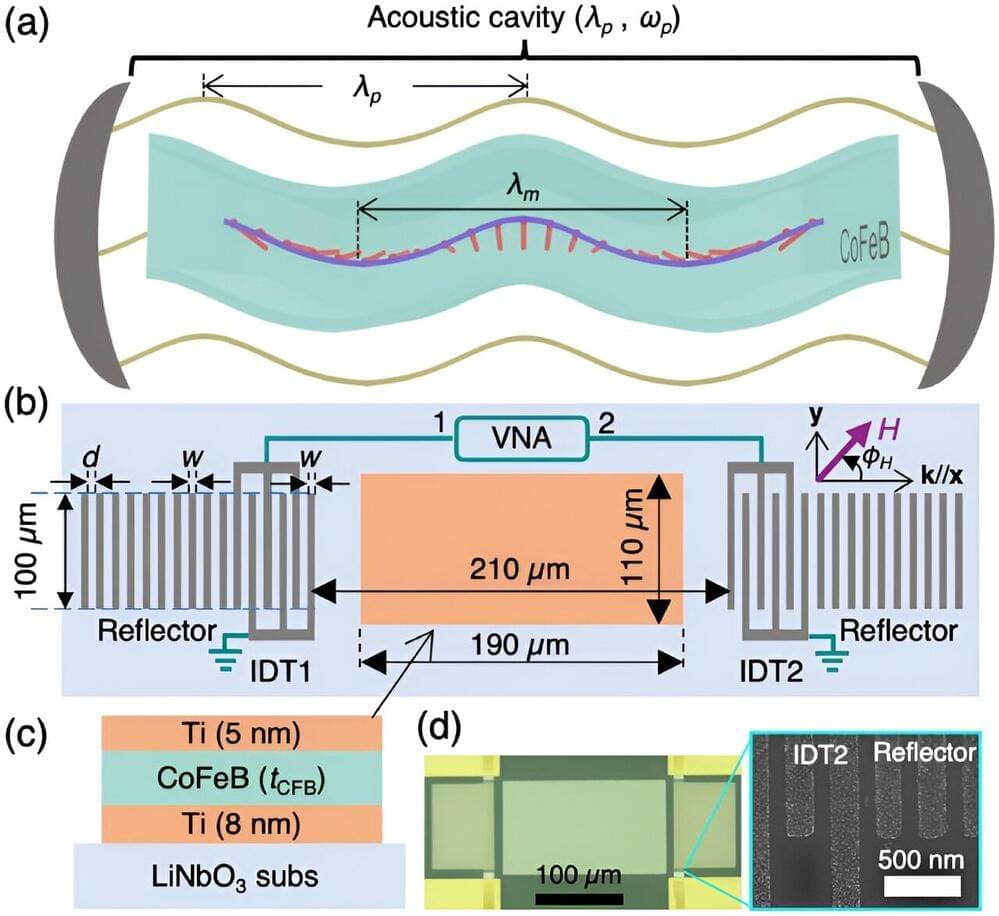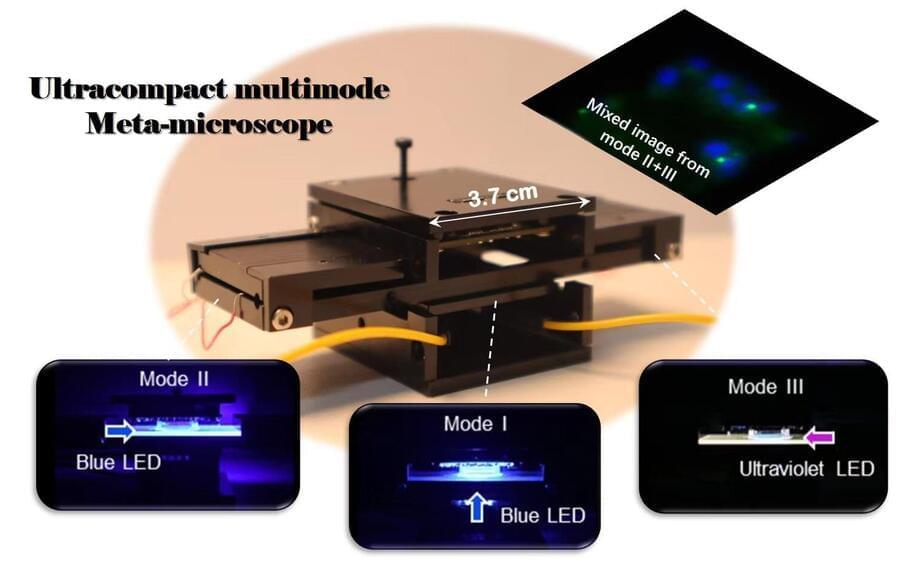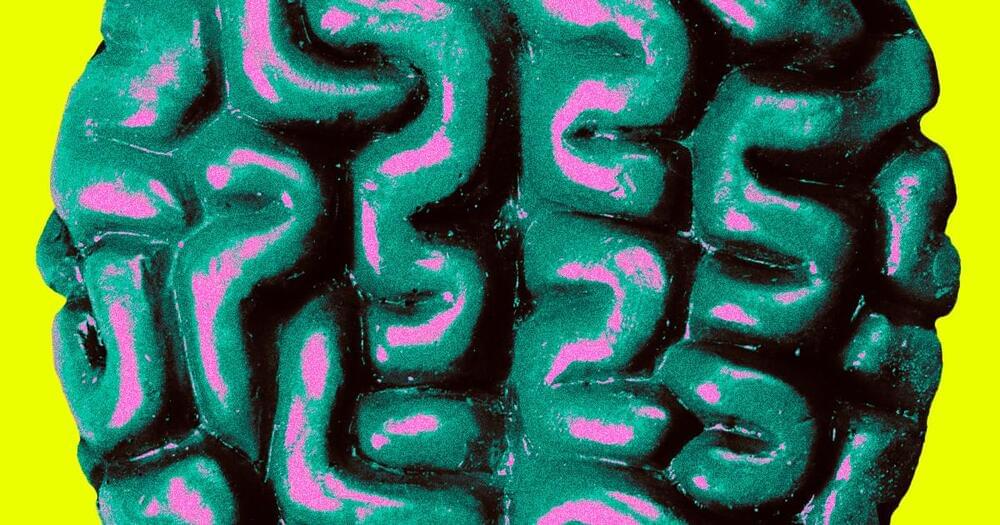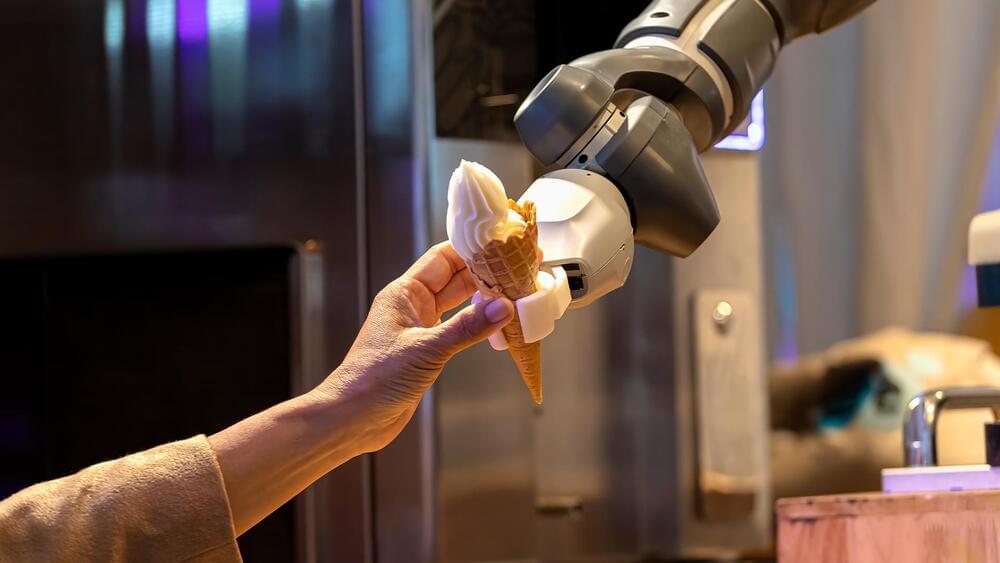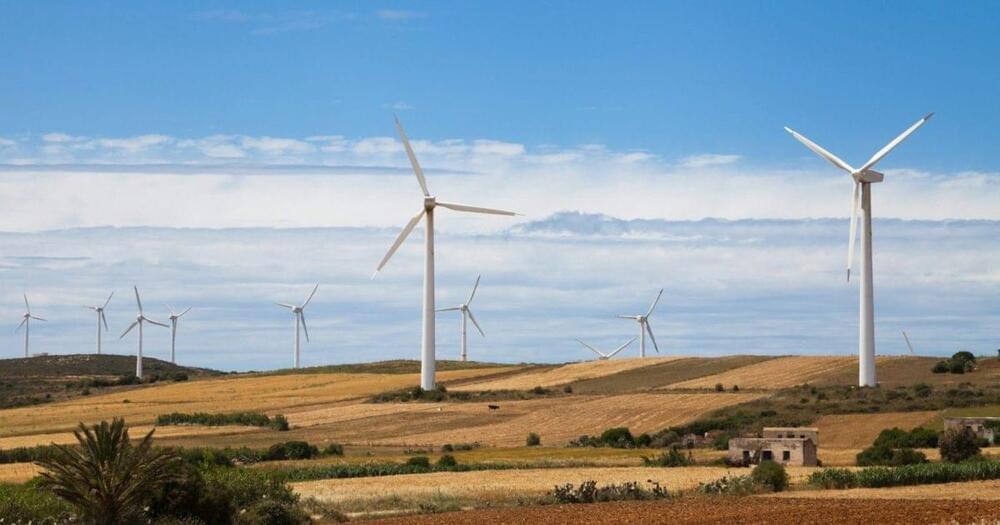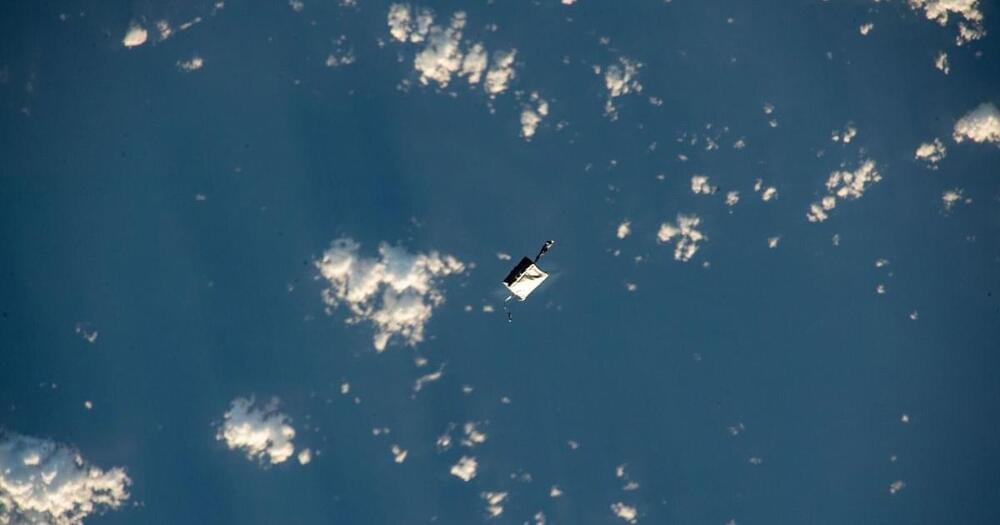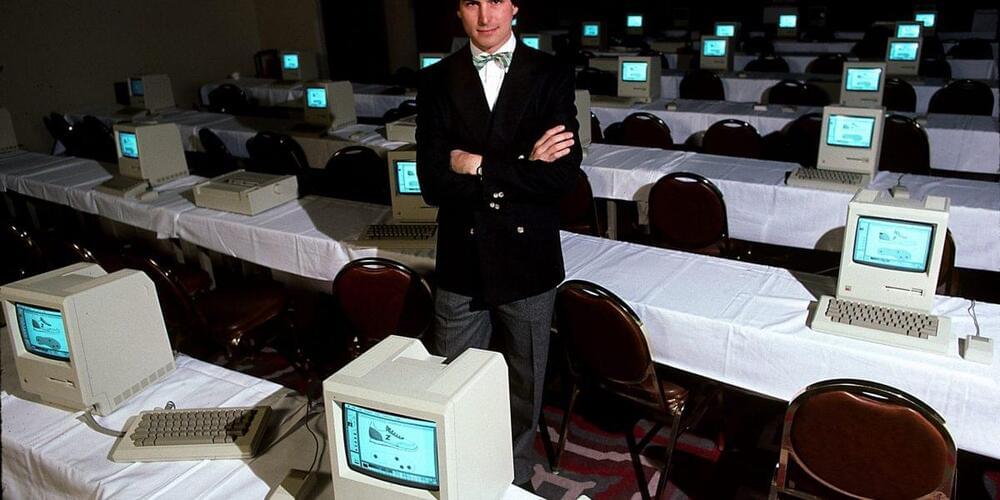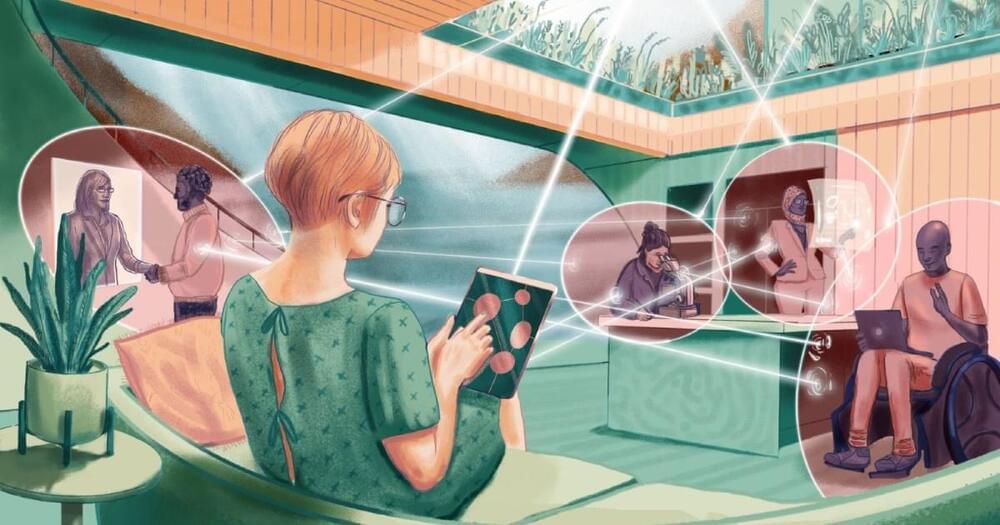A team led by researchers from the RIKEN Center for Emergent Matter Science in Japan has succeeded in creating a strong coupling between two forms of waves—magnons and phonons—in a thin film. Importantly, they achieved this at room temperature, opening the way for the development of hybrid wave–based devices where information could be stored and manipulated in a variety of ways.
Versatility and miniaturization of imaging systems are of great importance in today’s information society. Microscopic imaging techniques have always been indispensable for scientific research and disease diagnosis in the biomedical field, which is also stepping towards the integration, portable, and multi-functions.
If someone tells you that you have a big head, take that as a compliment.
Humankind’s brains have apparently gotten bigger and bigger over the years, according to a team of scientists, who are surmising that bigger brains may stave off dementia as folks age.
An international team of researchers, led by the University of California Davis Health, arrived at this finding after studying the MRIs of people starting with those born in the 1930s, all the way through the 1970s.
Rocket Explodes Seconds After Launch
Posted in drones, energy, satellites
A Japanese rocket by startup Space One has exploded in spectacular fashion following a launch attempt earlier today.
It’s yet another major setback for the company, which was hoping to become Japan’s first commercial entity to launch a satellite into orbit, the New York Times reports.
Drone footage shows the dramatic scene. At first, everything appears to go fine as the solid-fuel rocket dubbed Kairos lights its engines. But it doesn’t take long for the rocket to seemingly veer off path, erupting into a massive cloud of smoke just seconds later, causing major pieces of debris to rain down on the launch pad and engulf parts of the facility and a neighboring forest in flames.
HUMANOID robots could be a large benefit to small businesses, according to one expert.
The U.S. Sun spoke with Professor Luis Sentis who thinks the development of AI humanoids will have many benefits.
“I prefer to see the view of augmentation of people,” Sentis explained when asked about humanoid concerns.
The study, which surveyed hundreds of university students, also found a link between heavy academic workload and increased ChatGPT usage.
We – a team from Rwanda and Germany who work in the field of renewable energy scientific modelling – set out to find the answer by building the Renewable Power Plant Database Africa, the first on the continent. It’s a database of available open access data on hydro, wind and solar energy sources that we’ve analysed.
The database shows that some countries, such as Nigeria and Zimbabwe, have enough projects in the pipeline to potentially transition away from fossil fuels by 2050. And that 76% of all electricity required on the continent could come from renewable resources by 2040. This would happen if the capacity of existing hydro-, solar and wind power plants were fully utilised and if all plants currently on the drawing-board were built.
The 76% from renewables would be met by 82% hydropower, 11% solar power and 7% wind power. Hydropower has been the main renewable energy resource to date, but declining costs for solar photovoltaics (90% decline since 2009) and wind turbines (55%–60% decline since 2010) mean solar and wind have potential to lead sustainable renewable energy options.
A Japanese astronaut was embarrassed when he got a picture of an errant toolbag instead of the iconic Mount Fuji.
Susannah Fox, former chief technology officer for the HHS, explains how technology can empower a patient-led healthcare revolution.
